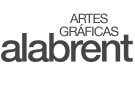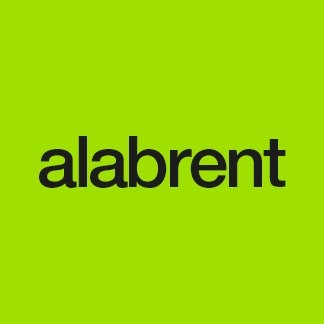Redacción Alabrent
Bonifatius makes regular investments in new production equipment. In the past years, a new hall was added to the production complex which today houses a very highly automated 16-page web press. In the meantime, it has also been joined by new post-press machinery. The trend towards ever shorter runs calls for constant optimisation of the way production is structured. The new eight-colour press gives the company the option of printing covers with a high-quality finish in a single pass. Reaching speeds of up to 20,000 sheets per hour, and this in perfecting mode as well, the press is also able to deliver the content for short-run products more economically than its webfed counterpart. This means less waste, faster makeready and greater flexibility in the handling the large number of product variants. The RS 106 reel-to-sheet feeder system allows the same types of paper to be printed on both the sheetfed and webfed presses.Replacement investment with added punch
There were many reasons for the purchase of the Rapida 106 X: After six years of production, the time had come to consider replacing the Rapida 106 that had been used to date. After weighing up different offers and testing the latest technology, the specialists from Bonifatius were impressed by the Rapida 106 X that they went to see at Krüger Druck und Verlag in Merzig. The commanding level of automation and the high production speeds of the new Rapida generation in perfecting mode represent a clear competitive advantage when compared to the other possible alternatives. Moreover, the production chain at Bonifatius is already configured for the use of the Rapida technology. The operating concept for the new series has undergone significant modernisation, yet many elements nevertheless remain familiar to the printers. That will make the transition even easier.
Managing director Tobias Siepelmeyer and his team particularly value the extremely fast makeready on the Rapida 106 X, not to mention its high production speeds, the fast-reacting inking units, the sidelay-free infeed with DriveTronic SIS, the fully redesigned delivery, the inline colour control system which requires only 3 mm high colour bars, and the fact that the plates no longer have to be bent before mounting. Further praise is given to the quality of service assistance from the company Steuber, which provides local support for users of sheetfed offset presses from Koenig & Bauer in the North Rhine-Westphalia region. The media house has enjoyed a collegial relationship with Steuber over many decades.
Other outstanding features of the Rapida 106 X are remote-controlled plate stretching using the console (paper stretch compensation), the VariDryBlue IR/hot-air drying systems, simultaneous plate changing using DriveTronic SPC, and the CleanTronic Synchro washing systems that enable parallel washing processes.
In addition to commercial printing, there are also plans to use the new Rapida 106 X for packaging production. This is why it has been configured with both lightweight and board-handling accessories. The presses currently in use are already printing regular packaging jobs today – including food packaging on substrates up to 600 g/m2. The Rapida 106 X, however, will also ensure that there are sufficient units available for spot colours and coatings.
Digital and environment-oriented
The year 2020 has directed a spotlight on digital processes at Bonifatius. In the print section, the new MIS PrintPlus has replaced an analogue production planning system and allows for direct networking with the printing presses. The Rapida 106 X itself incorporates a number of digital solutions ranging from autonomous printing and the LogoTronic Cockpit with displays of performance indicators to a maintenance manager and additional smart services. The company uses smart software to prepare the content for cross-media output and publishes attractive digital content on the Internet in addition to its printed editions.
Even so, the specialists at Bonifatius are firm believers in the printed product. “It still earns its place in the communication mix,” says Tobias Siepelmeyer, whose conviction is founded not least on experience with his own book and magazine publishing house. Text books and leisure magazines are segments which are continuing to grow. Some 50 per cent of the publisher's products are sold through bookshops, including shops owned by the company itself. Another trend that Bonifatius has recently identified is seeing advertisers beginning to turn their backs on social media. The increasing prices for online ads is one of the reasons for this.
Bonifatius is fully committed to ecological print production. Digital job data increase the efficiency of both makeready and production. Materials consumption, energy input and transport processes can be optimised. That saves natural resources and helps the company to achieve the environmental targets it has set itself. Bonifatius has eliminated industrial alcohol from its production process, and the publishing house, print centre, bookshops and media offices all use green electricity. The environmental management system is certified in accordance with FSC, PEFC and EMAS standards, as well as ISO 9001 and 14001. Bonifatius offers its customers climate-neutral printing (Climate Partner) and is entitled to use the “Blue Angel” ecolabel. A detailed environmental statement provides information on the company’s ecology goals and reports on the results achieved to date.



